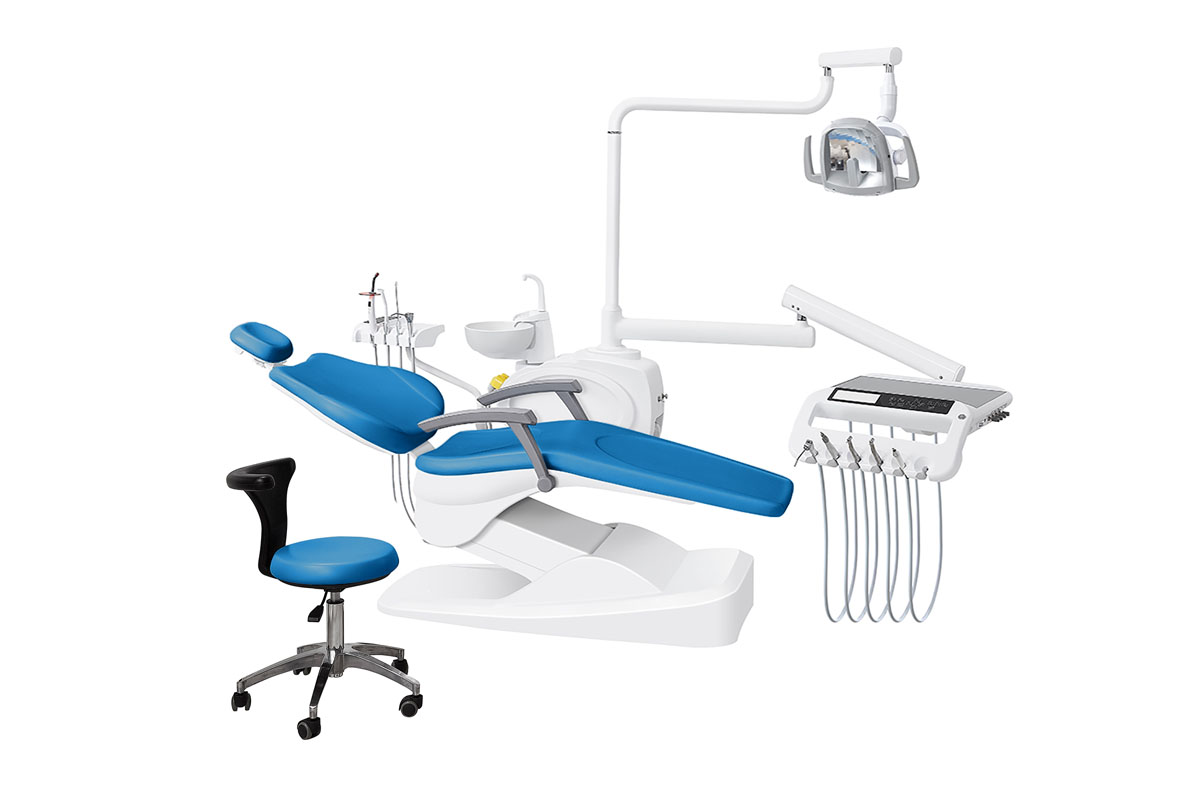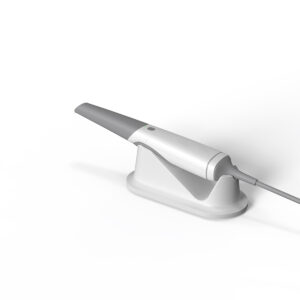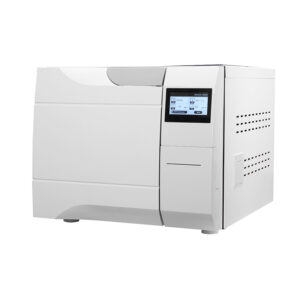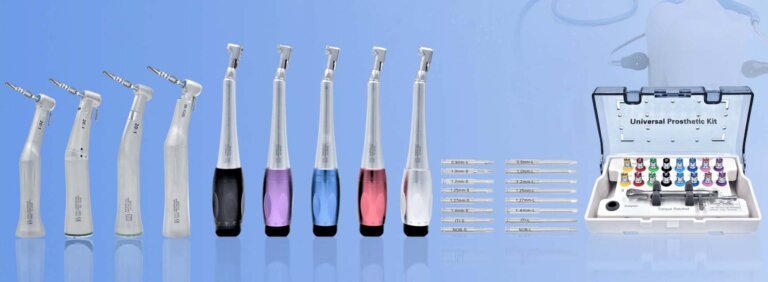Walk into any dental clinic, and the first thing you’ll notice is that iconic piece of equipment – the dental chair. Far more than just a place to sit, these modern marvels combine engineering and comfort to make your checkup or root canal smoother (and less intimidating). But what really happens when you settle into that adjustable seat? Let’s break down how does a dental chair work.
Key Components Of A Dental Chair
A dental chair is a highly specialized piece of equipment designed for patient positioning and procedure facilitation. To understand how it works, let’s break down its key components:
1. Chair Base and Frame
The foundation of the dental chair provides stability and support for all components.
It is constructed from durable metal and high-quality plastic materials with anti-bacterial properties to maintain hygiene.
2. Control System
Most modern dental chairs feature an electronic or hydraulic control system.
The control panel allows precise adjustments of the chair’s position, including reclining, height changes, and tilting.
3. Patient Seating Area
The seat, backrest, and headrest are ergonomically designed to provide comfort.
Memory foam or gel cushioning enhances the patient’s experience during extended procedures.
4. Delivery System & Instrument Tray
Houses essential dental instruments such as handpieces, air-water syringes, and suction devices.
Some advanced models include digital displays and touch-screen controls for better operation.
5. Spittoon and Suction System
The spittoon allows patients to rinse their mouths during treatments.
The suction system removes saliva and debris, keeping the patient’s mouth dry.
6. Dental Light & Additional Features
The overhead dental light provides clear visibility for precise treatment.
Some chairs feature integrated X-ray viewers, intraoral cameras, and advanced diagnostic tools.

How Does A Dental Chair Work Step by Step
1. Powering the Chair
The dental chair is activated by turning on the power switch.
Most modern chairs use a one-button system to control water, air, and electricity.
2. Adjusting for Patient Comfort
The dentist uses the control panel or foot pedal to adjust the chair’s position.
Microprocessor-based controls allow for precise adjustments.
Memory settings enable quick positioning based on previous use.
3. Facilitating Dental Procedures
The instrument tray provides easy access to dental tools.
The foot pedal allows hands-free operation of the dental drill and suction system.
The overhead light ensures a well-illuminated treatment area.
The dentist can control the speed and intensity of the dental instruments via the control system.
4. Patient Safety and Infection Control
The chair’s anti-bacterial upholstery minimizes cross-contamination.
The suction system continuously removes fluids to maintain a clean environment.
Integrated water filtration systems ensure hygiene during procedures.
5. Post-Treatment Cleaning and Maintenance
After each patient, the dental chair and its components undergo thorough cleaning.
Automated cleaning systems in advanced chairs disinfect handpieces and water lines.
Regular maintenance ensures longevity and optimal performance of the chair.

Why Dental Chairs Are Essential in Modern Dentistry
1. Enhanced Patient Comfort
Ergonomic design reduces discomfort and anxiety during treatments.
Adjustable positions accommodate different procedures and patient needs.
2. Improved Workflow for Dentists
Hands-free controls and pre-set memory positions save time.
Easily accessible instruments and a well-lit environment boost efficiency.
3. Advanced Safety and Hygiene Features
When you look closely at how does a dental chair work, you’ll see that it’s much more than just an ordinary chair. As the core equipment in the diagnosis and treatment process, this precision instrument has a direct impact on the patient’s treatment experience and the quality of the clinic’s operation. Imagine: the multi-directional adjustable backrest allows doctors to accurately locate the affected area, the embedded instrument tray ensures a seamless treatment process, and the ergonomic design allows even an octogenarian to complete a half-hour treatment comfortably.
Today’s dental chairs have evolved into smart diagnosis and treatment workstations. When I visited the dental exhibition, I noticed that the latest models even integrated an AR navigation system – doctors can view the patient’s 3D dentition model in real time through a headset. Not to mention the thoughtful design: automatic constant temperature cushions, ultraviolet sterilization circulation systems, and even lumbar support modules that can automatically adjust according to the patient’s body shape.
For clinic operators, the rewards of choosing a professional dental chair far exceed the value of the equipment itself. When I talked to a dentist who has been in the industry for 20 years last week, he specifically mentioned the chain effect of upgrading his equipment: treatment time was shortened by an average of 15%, doctors reduced fatigue errors due to convenient operation, and new customers increased by 23% month-on-month due to word-of-mouth communication from patients. More importantly, when patients experience this professional level, their trust in the clinic will make a qualitative leap.








